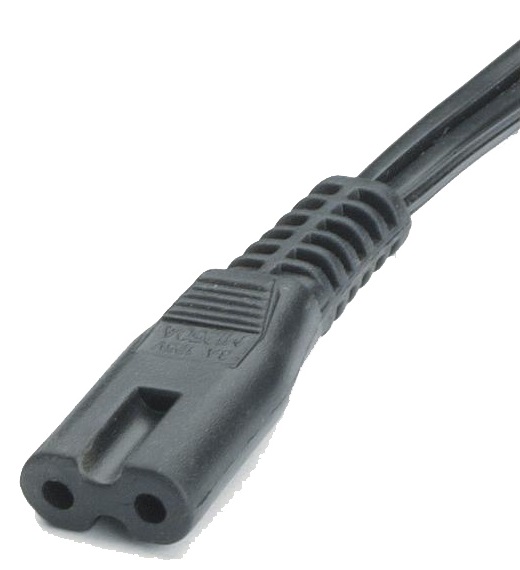IEC (60320) Outlets
The IEC 60320 standard covers a variety of sockets/outlets & plugs/inlets which are truly universal in usage.
Standard IEC 60320 outlets
IEC C13 10A socket
This outlet is still the most common outlet found "in the wild". It allows for high density stacking of outlets in enterprise-grade PDUs.
Due to the wide range of plugs being manufactured and their individual manufacturing tolerances, some particular variants do 'slip out' of the socket more easily than others leading to a continually growing market of 'locking' or secure outlets.
This has included both external-to-socket clips & cable ties, as well as a variety of locking sockets with different internal locking mechanisms.
IEC C19 16A socket

The next most common IEC 60320 outlet is the 16A version. It also allows for high density stacking of outlets, and provides for high-current equipment which is becoming more commonplace as complexity of computer systems increases.
Non-standard IEC 60320 outlets - Typically unavailable
IEC C5 2.5A - "Clover" or "Mickey Mouse" socket

IEC C7 2.5A - "Figure 8" socket

The IEC C7 connector is designed for un-earthed & non-polarised lower current devices.
IEC C15 10A - High Temperature 120'C socket

The IEC C15 connector has been designed for use with equipment that typically runs at higher temperatures. Many Cisco and other server's have the IEC C16 inlet (male, mating connector for the IEC C15).
IEC C15a 10A - High Temperature 155'C socket

See comments on the IEC C15 connector. The issues are the same.
IEC C17 outlets - 2pin (No earth)

The IEC C17/C18 connectors are slight variations on IEC C13/C14. They are only 2pin connectors and do not have an earth.
While this is exceedingly common in the 2.5A connectors (see IEC C7), the main reason this would be useful is providing a compliant plug (IEC C18) to allow equipment with an IEC C8 inlet to be connected to an enterprise grade PDU (typically IEC outlets only).
There is some equipment around that does have an IEC C18 inlet for power, however an IEC C13 socket can be plugged into all of this equipment without issue. The result is a very low demand for this particular socket.
IEC C21 16A - High Temperature 155'C socket

See comments on the IEC C15 connector. The issues are the same.


